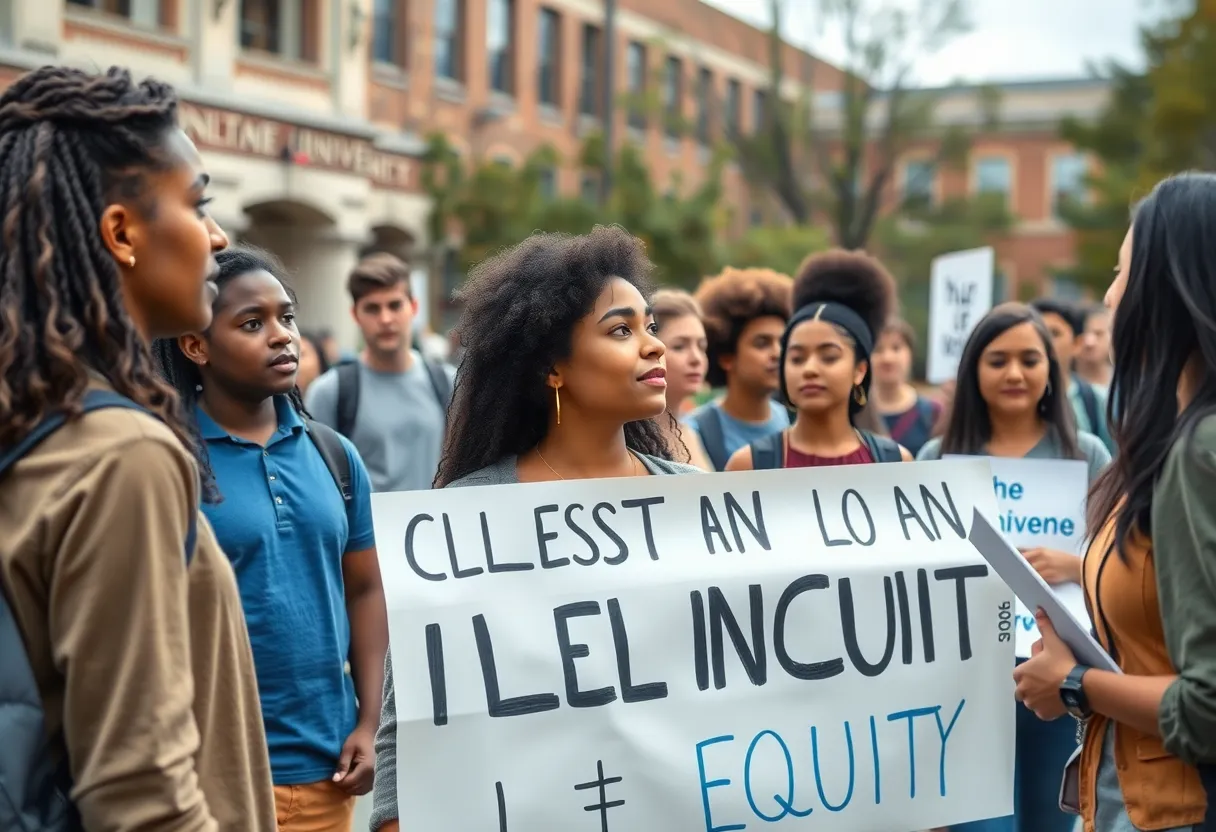News Summary
The University of Michigan has decided to end its diversity, equity, and inclusion (DEI) programs, sparking protests and debates on campus. The closures of the DEI offices have been influenced by federal pressures and funding concerns. The university plans to redirect funds previously allocated for DEI to enhance financial aid and mental health resources while reviewing policies to comply with federal laws. As discussions on inclusivity continue, critics warn about potential inequities and academic freedom challenges.
Ending a Chapter: University of Michigan Shuts Down Diversity, Equity, and Inclusion Programs
The University of Michigan has recently made the significant decision to close its key offices dedicated to diversity, equity, and inclusion (DEI). Both the Office of Diversity, Equity and Inclusion and the Office for Health Equity and Inclusion are set to close their doors as part of a series of changes within the university’s approach to DEI work.
Amid Federal Pressures and Changes
This decision hasn’t come without its share of discussions and pressures. Over the past few months, the university has been reflecting on its DEI initiatives, especially after certain actions taken by the previous administration. This included an executive order which led to a ban on DEI programs, and scrutiny from the U.S. Department of Education, which indicated that federal funding could be jeopardized for schools maintaining such initiatives.
Around the university, the air has been thick with conversation and debate. Hundreds of students and faculty have shown their strong feelings through protests, and thousands have signed petitions supporting the continuation of DEI programs. It is clear that this decision has left many feeling uncertain about what lies ahead in terms of inclusivity and support within the community.
Where Will the Funds Go?
With this shift, the university has plans to redirect funds that were originally intended for DEI initiatives. Much of this money will now be funneled into essential areas such as financial aid and mental health resources. This move aims to enhance advising and counseling services and even develop a personal AI assistant for each community member. There’s also a commitment to invest in maintaining student common areas and supporting cultural and ethnic programs, aiming to preserve a vibrant campus life.
Changes in Policies and Expectations
Although the university has expressed a commitment to continue facilitating cultural and ethnic events and ensuring vital student resources remain available, critics are concerned. Many worry that these changes might foster greater inequity and pose threats to academic freedom. The balance between promoting inclusivity and maintaining an open environment for diverse opinions continues to be a topic of heated discussion.
Measured Progress and Ongoing Challenges
Since the launch of the DEI strategic plan in 2016, the university had celebrated improvements, such as a notable 46% increase in first-generation undergraduate students. However, challenges remain evident, especially when looking at demographic trends. For example, enrollment of Black students has seen a sharp decline from 9.3% in 1996 to only 4.5% in 2022, raising questions about the effectiveness of past DEI investments, which have exceeded $250 million.
Despite these hurdles, the university continues to explore alternatives to support its student body, such as initiatives like the “Go Blue Guarantee,” which aims to offer free tuition to certain in-state students, although this program does not target race-based measures directly.
The Path Ahead
As the University of Michigan prepares to shift gears, the future of diversity-related efforts on campus remains a hot topic. While some see potential in refocusing resources for broader accessibility, others express deep concern about the potential ramifications on community engagement and inclusivity.
This chapter may soon close, but the discussions and actions surrounding it are far from over. As change sweeps the university, one can only hope that all community members can feel heard and valued in the journey ahead.
Deeper Dive: News & Info About This Topic
- The New York Times
- Detroit Free Press
- The Chronicle of Higher Education
- CNN
- Wikipedia: Diversity, Equity, and Inclusion





